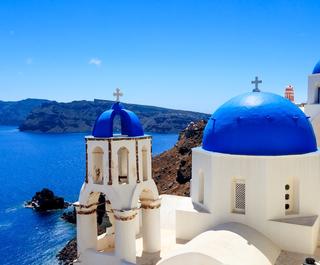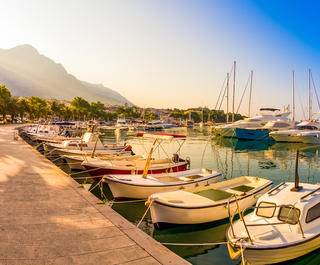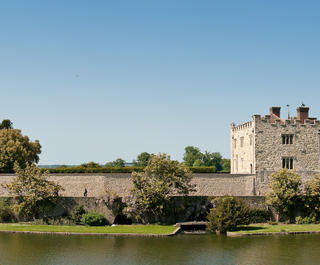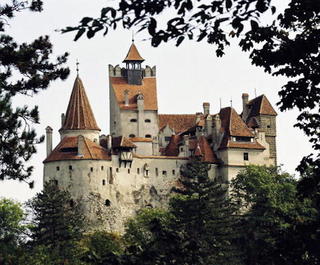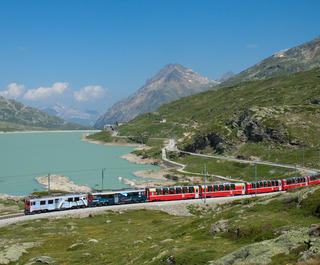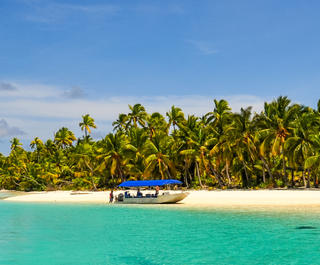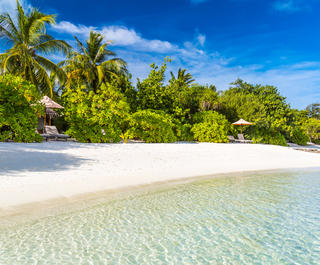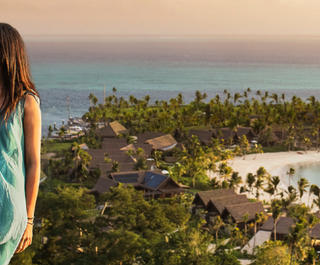
Portugal is one of those destinations in Europe that hasn’t really gone as mainstream as it really should have. Cities like Paris, London, Amsterdam and Rome get all the tourism glory and Lisbon and greater Portugal usually end up as a sideshow, somewhere to pop over to if you’ve got a couple of days free on your whirlwind tour.
Well not for much longer.
*Did you know – Lisbon is older than Rome, Roughly 4 centuries older to be more accurate. It was settled by the Phoenicians around 1200 BC and it’s the second oldest European capital after Athens.
Our friends at Travel Money NZ have put together the following currency guide to Portugal. They’ve also thrown in a few of their favourite things to do in Portugal too, so you’ve got an idea of what you could spend your hard earned Euros on.
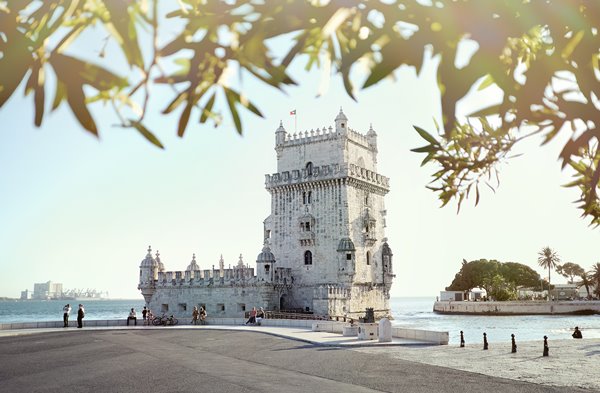
Travel Money guide
Save yourself the unwanted currency headache on your holiday to Portugal by spending some time planning how to spend your money and budgeting for your trip before you jump on the plane.
For starters, Portugal’s official currency is the Euro and while it’s not as cheap as it used to be, it’s still got pretty much every other Western and Northern European destination beaten in the value for money department. Things like eating out at restaurants, tourist activities and hotels are just a few things where your purchasing power is much stronger with the Euro than other European destinations.
If you’re thinking to yourself “how much do I need to travel Portugal” we’ve already got you covered. With our magic Holiday Budget Planner we’ve collated the latest data on the cost of the important things in Portugal; like beer and accommodation, and added them to our own foreign exchange data to create the most up to date holiday budget planning tool ever. It’s a great place to start if you need a bit of a kickstart with your holiday budget, we know they can be a bit, shall we say – dry...
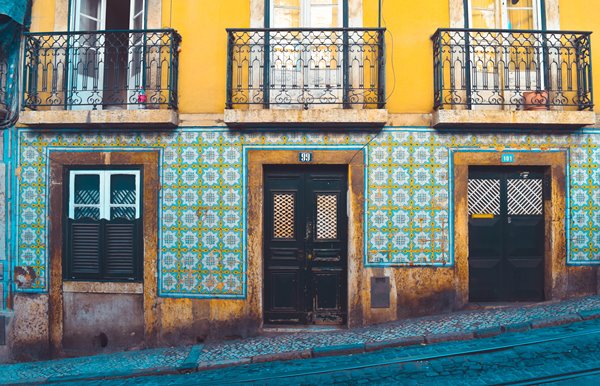
Unlike the United States, there is no obligation to tip at restaurants, hotels, bars, or spas in Portugal, but if you feel the need, it’s not like Japan where they will chase you down the street to return a tip. Haggling is a favourite pastime of locals down in the markets and it’s perfectly common to do so, just don’t get your haggle on everywhere, in stores where prices are marked that’s the take it or leave it price.
As great as it is being a tourist in an amazing place and feeling like you’ve got the inside word on a good thing, it’s only a matter of time before the allure of Portugal really start to steal the tourists away from the big guns. And not just Lisbon. Portugal offers an array of sights and delights to titillate even the most stoic traveller, top of the list being the amazing Azores.
Island hopping in Greece is so 2009, if you’re looking for island adventures mixed with untouched natural beauty and some of the longest running untouched cultural traditions and landscapes in Europe, Portugal has got you covered.
Portugal is actually 95% water, so it stands to reason there’d be at least a few islands around the place. Portugal ranks as the 110th largest country by landmass with only 92.212 Km2 of land, but if you include maritime zones, that number balloons to around 1.720.560 Km2. This puts Portugal into the top 20 and top 3 in Europe with the ocean area being about 18.7 times the land area.
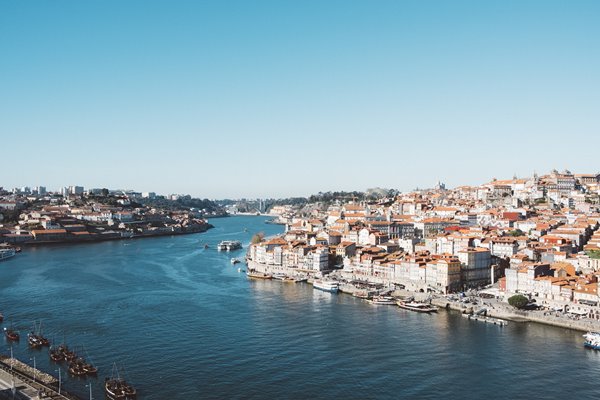
Tell me about the Azores
The Azores Islands are a far-flung and exotic archipelago of nine islands about 1,500 km from Lisbon in the middle of the Atlantic Ocean. The islands are: Flores and Corvo to the west, Graciosa, Terceira, São Jorge, Pico, and Faial in the centre and São Miguel and Santa Maria on the east. The Azores were formed by millions of years of violent volcanic activity and are actually the tops of some of the tallest mountains on the planet, as measured from their base at the bottom of the ocean.
The Azores were discovered in 1427 by Portuguese navigators and populated in the 15th century by pioneers from Portugal, so you could say it’s been a tourist destination for over 500 years. During the 16th and 17th centuries the Azores was a major trading hub between Europe America and India, and its ports were filled more often than not with galleons loaded with treasures.
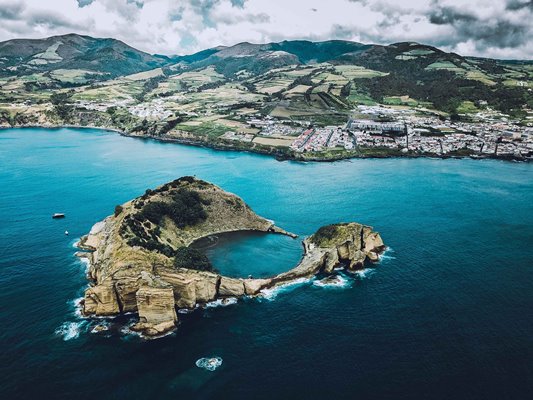
Today, Unesco has designated three of the islands (Graciosa, Flores and Corvo) as protected biospheres the developed area takes up just five per cent of the land; the rest is made up of protected areas and marine reserves. The regional government aims to produce 75 percent of the islands’ energy from renewable resources, making the Azores a must visit for anyone with a sustainable tourism goal.
Getting around
It’s a lot easier today than it was 10 years ago, with Azorean airline SATA running daily flights between the islands during high season while ferry services can still run a bit on island time. You can explore all the islands in leisurely fashion by ship with Atlanticoline or hop between São Jorge, Pico and Faial by ferry with Transmacor and take in the vast beauty of the Atlantic on the way. On most islands you can actually rent a car, Corvo being the exception and most islands have bus services travelling to the main villages.
Which are the best Islands to visit?
Well, locals would say that every island has its own charm.
If your time is limited, a trip to Sao Miguel Island is probably the best bet; not only is it the largest of the 9 islands, it’s also the easiest to fly to from mainland Europe.

Corvo is the smallest of the islands with a population of around 400 residing on the extinct volcano. Remember Corvo is a UNESCO Biosphere reserve with protected waters, making it a perfect place to snorkel and dive amongst some really untouched areas.
If you really want to get off the beaten track and immerse yourself in an exotic blend of dramatic landscapes, waterfalls on another UNESCO protected area, Flores is for you.
Terceira has the second largest population of the Azores and is known as the party island of the archipelago.
Graciosa is an island the size of Manhattan where the farmers still get around by donkey and cart. Perfect if you really want to escape the crowds and relax in thermal spas and relax, but probably a bit off the beaten track if you’re on a tight schedule.
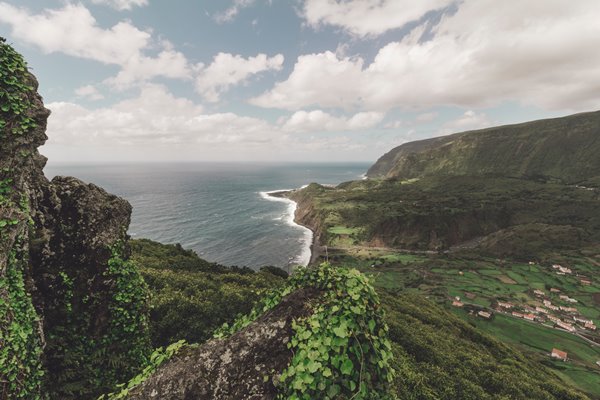
Sao Jorge is another of the tiny Azores islands but with cliffs, waterfalls and some of the best surfing spots in Europe, it’s sure to rock the socks off any adventure junkie.
Pico, which gets its name from the dominating Mount Pico, the highest peak in Portugal is well connected to the other islands making it a good jumping off point. Pico also has some fantastic vineyards growing out of lava racks and is a top whale watching destination as well.
Faial has been a hub for sailors for years and is more commonly used as a transit hub between the other islands. There’s still plenty to do, especially if your plans are to relax, go sailing and hike or bike around the island for fun.
Santa Maria is the oldest of the Azores, popping out of the Atlantic over 10 million years ago. This makes the island a little bit different geologically and Santa Maria has some of the best beaches and diving spots in all of Portugal.
The best activities of the Azores
In case you hadn’t picked up already, there’s a lot to do on the Azores, probably too much for a short trip. These are the top activities you can partake in on most of the islands, all guaranteed to leave you with a warm feeling inside, or in the case of our adrenaline junkies – with your heart in your mouth
- Whale watching
The Azores are best known for whale and dolphin watching; the archipelago is a pit stop or home for about a third of the world’s species of whale. Sperm whales, common dolphins and bottlenose dolphins all call the Azores their home year-round while species such as blue whales pass through on migration routes.
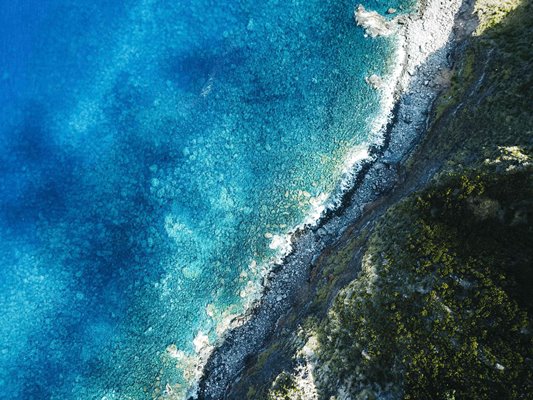
- Diving
The Azores has to be one of, if not the, best diving location in the Atlantic and in Europe. The oceans sit between 17 degrees and 24 degrees making them not only comfortable to swim in, but also teeming with marine life. If that wasn’t enough, visibility often reaches 30 metres plus between May and October when the water is the warmest!
- Hiking and trekking
Anyone remotely interested hiking, trekking and volcanology will be totally blown away by the Azores. There is much more to see than just volcanic craters and cones though; intricate cave systems, rock formations, waterfalls and hot springs, are awaiting your arrival.
On Pico, if you’re up for it, you can descend into one of the world’s longest lava tubes, the Gruta das Torres, to inspect rare stalagmites of lava, as well as other bizarre lava patterns. Mt Pico is Portugal’s highest mountain and if conditions are good, the three-hour climb to catch sunrise or sunset is one of the most mind blowing experiences of the Azores.
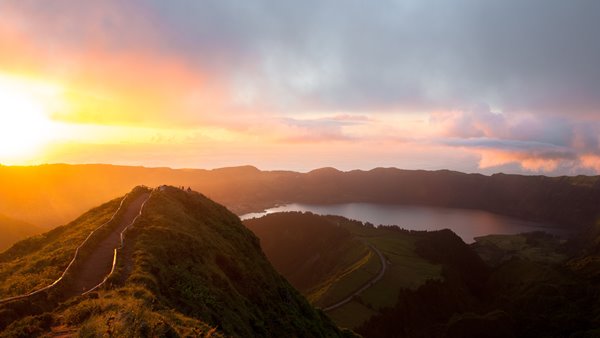
- For the adventure seekers
How could we forget the adrenaline junkies? You won’t find bungy jumping and speed boats here though, but the Azores has hosted a paragliding festival off Sao Miguel’s craters for the last 20 years.
Horse riders and mountain bikers will also have a ball and São Miguel, Terceira and Faial all have stables, and you can hire bikes on São Miguel, Santa Maria, Terceira, São Jorge, Pico and Faial, with trails ranging from ultra-technical tracks to gentle lakeside circuits.
When it’s time to get your travel money sorted for Portugal, visit our friends at Travel Money NZ. Mention this blog and receive VIP rates on your currency too!
This blog is provided for information only and does not take into consideration your objectives, financial situation or needs. You should consider whether the information and suggestions contained in any blog entry are appropriate for you, having regard to your own objectives, financial situation and needs. While we take reasonable care in providing the blog, we give no warranties or representations that it is complete or accurate, or is appropriate for you. We are not liable for any loss caused, whether due to negligence or otherwise, arising from use of, or reliance on, the information and/or suggestions contained in this blog. Receive VIP rates on any new foreign currency transaction in store with Travel Money NZ throughout 2019 when you mention this blog.


